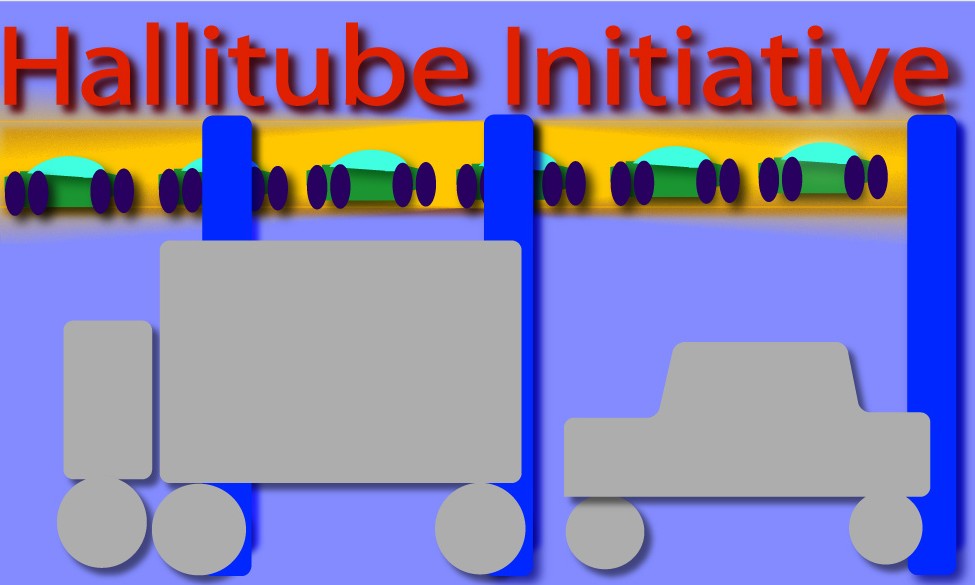People have two reactions after a brief review of the concept: 1) Nice, but make it automated.Make the cars regular sit-up vehicles. On being told that these won't fit under overpasses, it's natural to say, "So, make the pylons a bit higher when there is an overpass." Sounds pretty good. So why are we not seeing such systems ? They are sitting on the drawing boards of companies like Boeing, Bombardier, Siemens, even the mass transit division of Mercedes Benz. They look majestic. Artists have created beautiful renderings of them.. But the floppies and folders in which they sit are dusty, with spider webs. Nobody has brought them to life. Why ? Even if the public purse was not gutted by fiscal irresponsibility and fraud, even if we were in a glowing postwar boom period these systems are not scalable. You can build a few miles. Then you have to stop. It is too expensive, and their construction is highly disruptive. Here is why:
1) The cost of building higher does not follow proportionally the cost of building lower, instead it goes up exponentially,
a) The number of firms building high elevation structures is much smaller, the expertise required is much greater.
b) The type of machinery that is necessary to reach the top portions explodes in price, and in size. You need large cranes. These cranes have a huge base. This means that at least one highway lane has to be closed during construction - but construction will be almost constant: pylon after pylon. Not acceptable. Here a photo of a pylon that would be needed to have Hallitubes clear not only an overpass, but also the trucks with airflow efficiency shields on top of their cabs. This is complex, expensive construction. Note the high crane. It is lowering a metal grid into a concrete post which is already standing. 1/8 of the length is the metal portion hanging out on top of the pylon.
Taken at the 215 construction site in Riverside.

c) If you build high, you have to dig deeper for the foundation: This means it cannot be done by mini excavators hired out to low cost, $ 40 per hour firms. Instead you deal with large excavators with a huge turning radius: you get too close a traffic lane again. And, you have to remove all the dirt of the foundation, and where is that truck waiting ? d) If you build high, you have to build much thicker: If you don't, vibration from an earthquake will fell a pylon. Please go up to a medium sized traffic sign or pole with a friend, and make a bet: you can pull it out of the ground. The friend will say no. Press it and let go. Press it and let go. If you get a rhythm going, eventually he will see that it is swinging wider and wider, the base is widening its hole, your friend will ask you to stop and concede the bet. This is why you suddenly have to add to the pylon size: It cannot vibrate and has to support all the additional weight from additional height.

